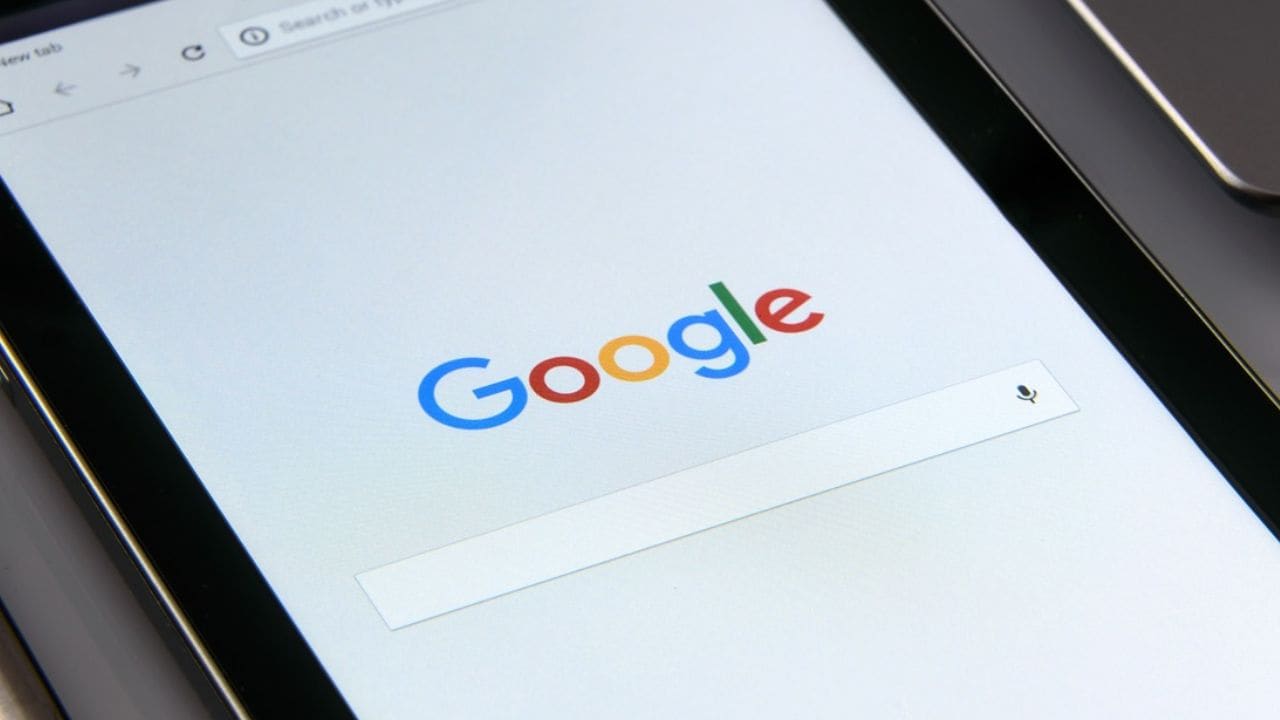Google significantly ramped up its ad safety operations in 2024, leveraging AI—particularly Large Language Models (LLMs) to proactively identify and remove harmful content and bad actors from its advertising ecosystem.
5.1 billion bad ads were blocked or removed in 2024. 9.1 billion ads were restricted under content-sensitive policies. 39.2 million advertiser accounts were suspended — most of them before they ever served an ad. 1.3 billion publisher pages had enforcement action taken against them. Over 2,20,000 publisher sites faced broader site-level penalties. Over 30 updates were made to Google’s Ads and Publisher policies during the year.
In 2024, Google removed 247.4M ads and suspended 2.9M Ads accounts. Top 5 policy violations were – Financial services, Trademark, Abusing the ad network, Personalized ads & Gambling and games.
Top Reasons Ads Were Blocked or Removed
In 2024, Google removed 5.1 billion ads for violating various advertising policies. The most common reason was abuse of the ad network, with over 793 million ads taken down for manipulating or exploiting the platform in harmful ways. Trademark misuse was the second-most enforced category, with 503 million ads removed—this includes unauthorized use of brand names in ad text, even when legally permissible, if it violated platform rules.
Personalized ads violations led to 491 million removals, often involving improper data usage or targeting practices. Ads that failed to meet legal compliance standards accounted for 280 million takedowns, followed closely by financial service ads that did not follow guidelines—nearly 194 million of them were blocked. Misrepresentation was another major category, with around 147 million ads removed for misleading claims or content.
Gambling-related ads made up another 146 million removals, reflecting strict limitations in that sector. Ads promoting adult content were also heavily enforced, with about 122 million blocked. Healthcare and medicine ads resulted in nearly 105 million removals, particularly where unapproved or misleading claims were made. Copyright violations led to 71 million ads being taken down, while inappropriate content accounted for 42 million removals. Google also cracked down on ads related to alcohol (11 million), dishonest behavior (9 million), dangerous products or services (7 million), and counterfeit goods (just under 1 million).
Restricted Ads: Sensitive But Allowed
While some categories of content were blocked outright, others were allowed under strict limitations due to their sensitive nature. These “restricted ads” could be shown only under specific conditions, and not necessarily to every user or in every region. In 2024, Google restricted 9.1 billion ads under this framework.
The most heavily restricted category was related to legal requirements, with around 429 million ads limited based on jurisdictional or regulatory concerns. Financial services followed, with 268 million ads restricted to ensure consumer protection and compliance. Copyright-related content saw about 115 million ads placed under restrictions, ensuring that rights holders’ claims were respected.
Ads promoting gambling and gaming were also restricted—roughly 109 million of them—reflecting both cultural sensitivity and local laws. Similarly, adult content promotions faced limitations, with 96 million ads falling under this category. Healthcare and medicine ads were also regulated, with 107 million facing restrictions to avoid harm or misinformation. Finally, alcohol-related ads were restricted about 34 million times, often due to age-based or regional constraints.
Enforcement on Publisher Pages
Beyond advertisements themselves, Google also enforced its policies on publishers—those who host ads on their websites—ensuring that content eligible for monetization met community and safety standards. In 2024, Google took action against content on 1.3 billion individual web pages and escalated enforcement to a broader, site-level scale in more than 220,000 cases.
Sexual content was by far the most enforced category, with nearly 1.2 billion pages flagged for violations. Dangerous or derogatory content triggered enforcement on approximately 25 million pages, while malicious or unwanted software was identified on over 19 million pages. Google also acted against pages featuring shocking content (13.6 million) and content promoting weapons (12.8 million). Online gambling violations accounted for close to 9 million pages.
Tobacco-related content led to action on 5 million pages, while 3.6 million pages were flagged for misuse or sale of alcohol. Intellectual property abuse showed up on 2.7 million pages, and sexually explicit material outside of broader sexual content violations was found on about 1.1 million pages.
AI-Powered Improvements: Speed and Accuracy
97% of publisher page enforcement was flagged through AI-powered models, enabling faster site reviews and ad placement decisions.
Over 50 AI model enhancements improved precision and reduced reliance on large training datasets.
LLMs helped identify fraud signals early, including:
Business impersonation
Suspicious payment details
This allowed Google to prevent harmful ads before launch, leading to pre-emptive suspension of most of the 39.2 million accounts.
Major Crackdown on Scam Ads and Impersonation
Responding to rising scam trends, particularly public figure impersonation using AI, Google assembled a 100+ member rapid-response team. Key actions included:
Suspension of 700,000 advertiser accounts promoting celebrity-impersonation scams.
90% drop in reports of these scams following enforcement.
In total, Google:
Blocked or removed 415 million scam-related ads
Suspended over 5 million scam-linked accounts
Google also co-founded the Global Signal Exchange with the Global Anti-Scam Alliance to share insights industry-wide.
With half of the world voting in 2024…
Over 8,900 new election advertisers were verified.
10.7 million election ads were removed for being run by unverified accounts.
Google expanded “paid for by” disclosures and AI-generated content disclosure for election ads.
Transparency efforts included public election ad reports and global identity verification—now spanning 200+ countries and territories.
As a result, 90%+ of all ads viewed on Google came from verified advertisers.
